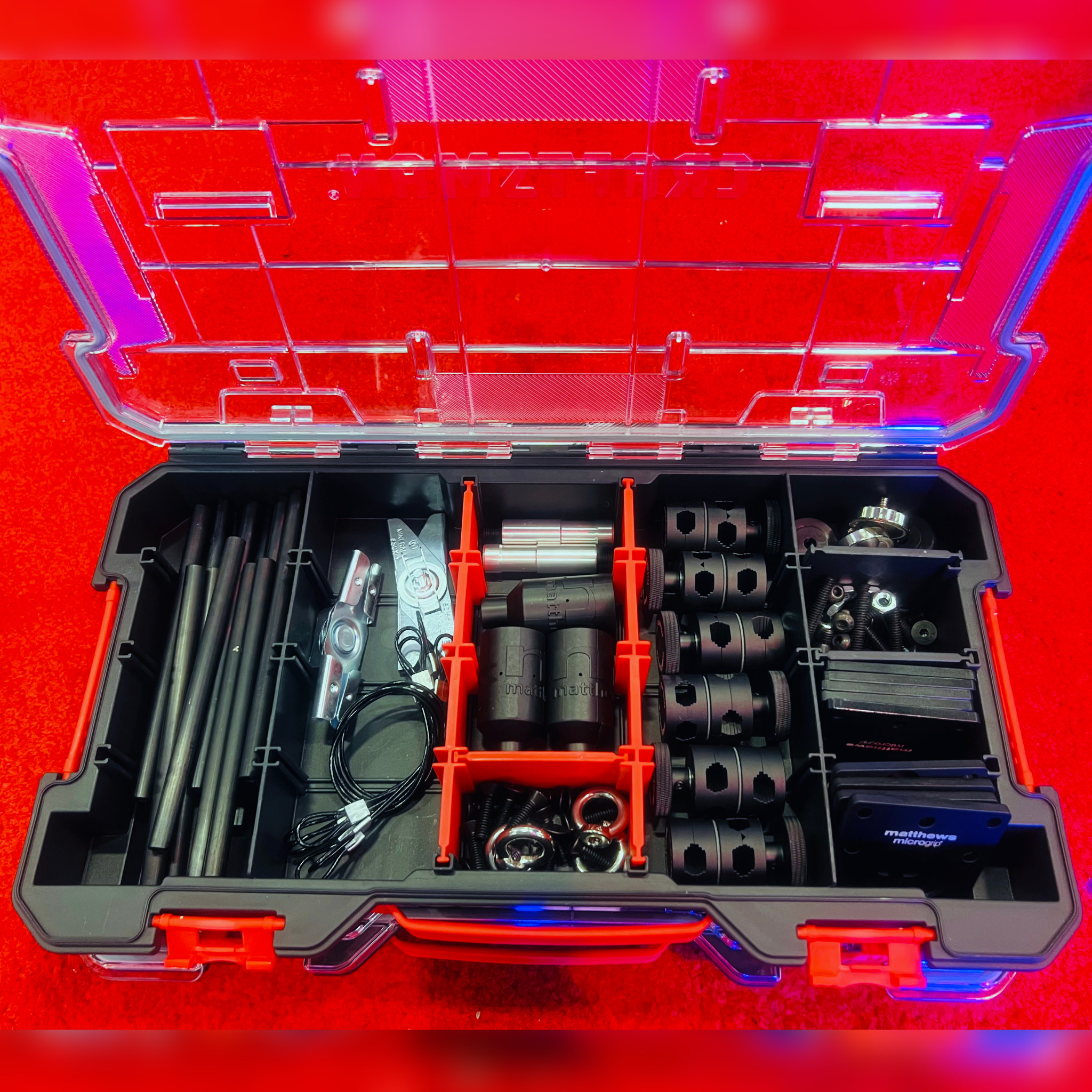HDNet Gets Behind the Scenes at NASA
Network provides unfettered behind-the-scenes coverage of the shuttle's return to space
CAPE CANAVERAL, FLA.
When the space shuttle took off from Cape Canaveral in July, viewers saw the orbiter blast off into space, and a whole lot more.
With 14 HD cameras, HD lenses, myriad HD production equipment and a production crew from HDNet, viewers were taken on a high-definition adventure both on and above the ground.
Using a mix of handheld and POV cameras positioned throughout the Kennedy Space Center, HDNet made a clear break from the coverage that viewers traditionally see on broadcast television. Rather than showing clips of the astronauts and the launch mixed with commentary and commercials, viewers watching the shuttle launch on HDNet saw unfettered, continuous coverage of the astronauts and the launch, from beginning to end.
HDNet's live coverage began on the morning of the launch date with behind-the-scenes access to the astronauts and their families as they ate breakfast, suited up, boarded the shuttle and completed their pre-launch routine inside the crew module.
With guidance from NASA, HDNet placed remote-controlled POV cameras in the dining room while the crew sat down for breakfast with their families, and had remotely operated cameras in the clean room while the crew suited up for the launch. HDNet also installed 1080i cameras in the so-called "firing room" where engineers and administrators directed the countdown. One SD camera on the shuttle itself was upconverted to HD.
The entire launch procedure aired on HDNet without interruption, save for the quiet conversations of the astronauts, announcements from NASA and countdown information from mission control. The network also planned to cover the shuttle's landing, scheduled 10 days later.
Giving viewers an unobstructed, behind-the-scenes look allows viewers to experience an event in a way that just isn't an option with traditional news coverage, said Philip Garvin, general manager and cofounder of HDNet.
"We want to give you the whole thing, as if you were there, hearing it and seeing it for yourself, " he said.
This live and uncut format is one that viewers find refreshing, Garvin said. "HDNet has been doing special events [like this] since the beginning," he said, referring to the network's beginning-to-end coverage of events such as the first open elections in Baghdad in 50 years in January, and the funeral procession of Pope John Paul II in April. This is HDNet's first joint effort with NASA.
AN INSIDE VIEW
The agency gave HDNet unusual access for this shuttle launch, the first planned liftoff in two and a half years following the shuttle Columbia disaster in February 2003.
Rather than being in an outside production truck with the myriad other international and national broadcasters, the HD broadcast and production gear from HDNet was brought into NASA's own broadcast center. A satellite uplink truck sent signals up to the cable and satellite networks that carry HDNet's programming, including DirecTV, DISH Network and Time Warner Cable.
Technology on-site included Sony 900 series HD cameras, Grass Valley 6000 series HD cameras and several Sony HDV cameras. Cameras were outfitted with Canon DIGI SUPER 86 TELExs lenses, which are capable of a 2.322mm focal length. This focal length enabled a 1080i camera to follow Discovery 33 miles into the earth's atmosphere.
Other technology included a Grass Valley Kalypso HD switcher with 4 ME, an Eagle Pan Tilt robotic-head system stationed at the launch pad, an EVS four-channel replay system, several Sony HDCAM VTRs, Leitch X75 frame synch converters, several Snell & Wilcox frame sync systems and long runs of fiber from Telecast Fiber Systems.
"These will undoubtedly be the highest quality pictures ever broadcast of a space shuttle launch," said Mike Rein, head of Media Services at NASA's Kennedy Space Center.
NASA's return to flight has been a much-debated and long-anticipated process, replete with successes, setbacks and a seven-astronaut crew that by all accounts was itching to get back into space. However, the space agency announced one day after the launch that it was grounding the entire shuttle fleet indefinitely because falling debris from shuttle launches continue to put the shuttle in danger; the Columbia Shuttle disaster resulted from tiles damaged from falling debris when it launched in 2003.
NASA made its decision after examining the myriad hi-def footage from hundreds of cameras trained on the shuttle. This was the first time that the agency had used HD technology to such a large degree for a launch. After the images were gathered, they were uploaded onto SGI visualization and storage systems where the film was scanned and stored. The NASA Ice/Debris team projected the images using the JVC DLA-QX1 to view and analyze ultra high-resolution images onto an eight-foot wide screen. Two high-speed airplanes outfitted with HD cameras also tailed the shuttle as it made its ascent.
Apart from the equipment supplied by HDNet, NASA took its own close-up images of the exterior of the shuttle via Panasonic AK-HC900 HD progressive-scan cameras as well as images of the astronauts inside the crew module. NASA had additional tracking cameras and long-range optical systems posted for several miles up and down the Florida coast.
Get the TV Tech Newsletter
The professional video industry's #1 source for news, trends and product and tech information. Sign up below.
Susan Ashworth is the former editor of TV Technology. In addition to her work covering the broadcast television industry, she has served as editor of two housing finance magazines and written about topics as varied as education, radio, chess, music and sports. Outside of her life as a writer, she recently served as president of a local nonprofit organization supporting girls in baseball.

